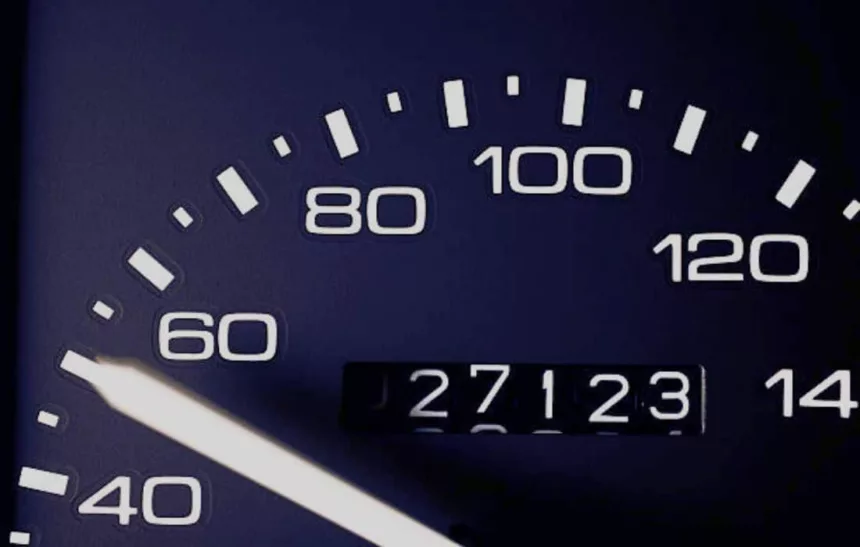The odometer reading is one of the most important factors to consider when buying a used car in Nigeria. It tells you how much the car has been driven and helps you determine whether the asking price is fair or not.
However, unscrupulous sellers sometimes tamper with the odometer to make the car appear to have fewer miles than it actually does. This is called odometer fraud, and it’s a serious problem in Nigeria. In this article on IchieTech, we’ll show you how to spot signs of odometer tampering and protect yourself from fraud.
What is Odometer Tampering?
Odometer tampering is the act of altering the odometer reading to make a vehicle appear to have fewer miles than it actually does. This is done to increase the car’s resale value or to deceive buyers into thinking the car is in better condition than it actually is. Odometer fraud is a serious offense in Nigeria and is punishable by law.
Signs of Odometer Tampering
There are several signs that a car’s odometer may have been tampered with. Here are some of the most common signs to look out for:
1. Inconsistent Mileage: If the mileage on the car’s odometer seems too good to be true, it probably is. Check the car’s service records, and look for any inconsistencies in the mileage. If the mileage seems to jump around or is significantly lower than what you’d expect, it could be a sign of odometer tampering.
2. Misaligned Numbers: Another sign of odometer tampering is misaligned numbers on the odometer. Look closely at the numbers and see if they are lined up properly. If the numbers are misaligned, it could be a sign that the odometer has been tampered with.
3. Unusual Wear and Tear: The wear and tear on a car should be consistent with its age and mileage. If the car looks like it has more wear and tear than the mileage would suggest, it could be a sign that the odometer has been tampered with.
4. Discrepancies in Service Records: Check the car’s service records for any discrepancies in mileage. If the mileage on the odometer doesn’t match the mileage on the service records, it could be a sign of odometer tampering.
5. Suspicious History: If the car has a suspicious history, such as being previously owned by a car dealer or rental company, it could be a sign of odometer tampering. These types of companies are more likely to engage in odometer fraud than individual sellers.
How to Protect Yourself from Odometer Fraud
Protecting yourself from odometer fraud is essential when buying a used car in Nigeria. Here are some tips to help you avoid becoming a victim of odometer tampering:
1. Get a Vehicle History Report: A vehicle history report can tell you a lot about a car’s history, including its mileage. Look for any discrepancies in the report, and check the car’s service records to ensure that the mileage is consistent.
2. Check the Car’s Title: Check the car’s title to ensure that the mileage on the title matches the mileage on the odometer. If there are any discrepancies, it could be a sign of odometer tampering.
3. Look for Signs of Wear and Tear: Look for any signs of wear and tear on the car that are inconsistent with its age and mileage. If the car seems to have more wear and tear than it should, it could be a sign of odometer tampering.
4. Have the Car Inspected by a Mechanic: Have the car inspected by a mechanic before you buy it. A mechanic can check the car for any signs of odometer tampering and ensure that the car is in good condition.
5. Be Wary of Deals That Seem Too Good to Be True: If a deal seems too good to be true, it probably is. Be wary of deals that seem too good to be true, especially if the car has low mileage.
Conclusion
Odometer tampering is a serious problem in Nigeria, and it’s important to protect yourself from fraud when buying a used car. Look for signs of odometer tampering, such as inconsistent mileage, misaligned numbers, unusual wear and tear, discrepancies in service records, and a suspicious history.
Protect yourself from fraud by getting a vehicle history report, checking the car’s title, looking for signs of wear and tear, having the car inspected by a mechanic, and being wary of deals that seem too good to be true. By taking these steps, you can ensure that you’re buying a car that’s in good condition and has a reliable odometer reading.










